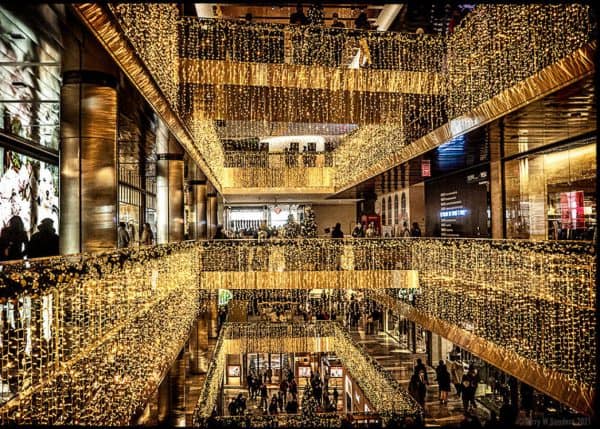The mid-December shopping interlude will be disrupted tomorrow when more than 158 million U.S. consumers pour into malls and stores on Super Saturday. On Tuesday, the National Retail Federation announced the turnout projection for Dec. 17, predicated on a consumer survey in conjunction with Prosper Insights & Analytics.
The NRF predicts that of the anticipated 158 million shoppers, it is forecasted that 44.1 million (28 percent) plan to shop only in stores, 42.2 million (27 percent) plan to shop only online, and 72.2 million (46 percent) plan to shop both in stores and online. The survey of 7,857 consumers was conducted from Dec. 1 to 7 and had a margin of error of plus or minus 1.1 percent.
The NRF president and chief executive officer, Matthew Shay, stated, “Consumers have been shopping in record numbers this year, purchasing holiday items for friends and loved ones. With Super Saturday falling eight days before Christmas, retailers are prepared to help shoppers fulfill their last-minute purchases that will make this holiday season memorable.”
Following the Thanksgiving holiday, including Black Friday and Cyber Week, retailers often experience an annual lull in shopping until approximately ten days before Christmas. This year, the 158 million figure is nearly 10 million more purchasers than last year’s contemplated figure and the highest number since NRF first started tracking this data in 2016.

Shopping trends this year reflect the top gifts consumers are buying include clothing (50 percent), toys (34 percent), gift cards (28 percent), books and other media (26 percent), and food or candy (23 percent). The release of NRF’s report considered the weather in New York, Chicago, Houston, and Los Angeles to be generally favorable for shopping on Saturday. Since then, temperatures have dropped significantly, which could strongly affect turnout.
Shopping won’t stop after Christmas as 70 percent of consumers plan to shop after Dec. 25, which is on par with pre-pandemic levels for post-Christmas shopping, said the NRF. Bloated inventories, large price promotions, returns or exchanges, and gift cards could all lead to more spending. Additionally, the preferred payment method amongst consumers continues to evolve. Fifty-two percent of consumers are using alternative payments or digital wallets, up from 44 percent last year. The most common alternative payment is PayPal (32 percent), followed by Apple Pay (14 percent) and CashApp (12 percent).
